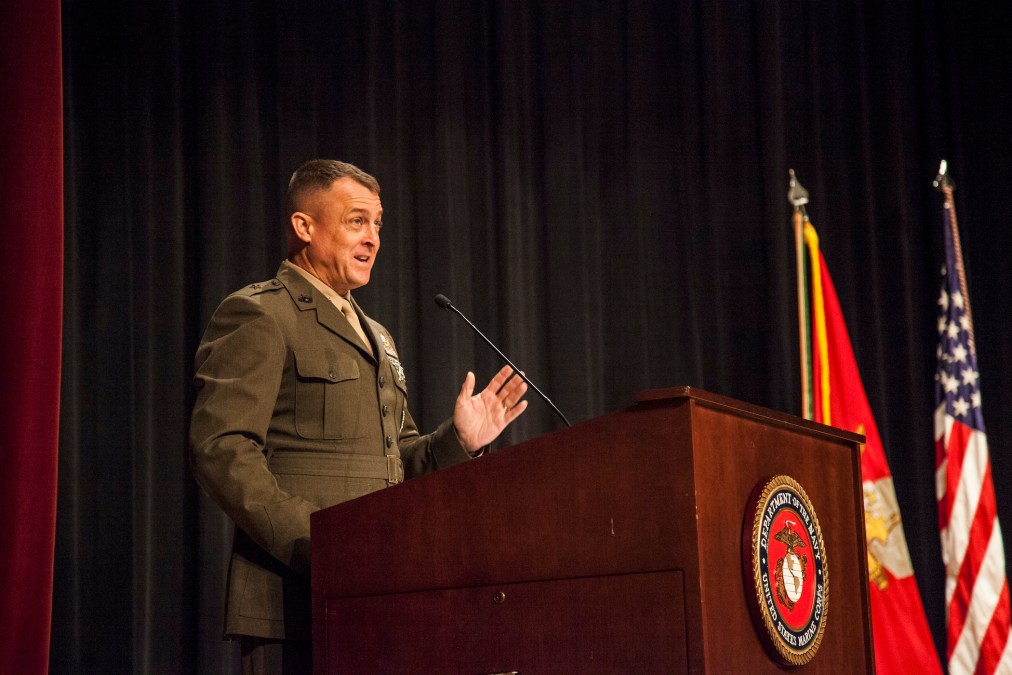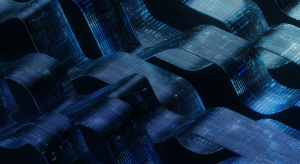‘JAIC 2.0’ moves away from building products to focus on DOD-wide AI transformation

The Joint Artificial Intelligence Center is entering a new phase of its existence, moving away from building products to instead position itself as the Department of Defense‘s AI transformation hub.
It is a part of a new “JAIC 2.0,” as Lt. Gen. Michael Groen, the JAIC’s newly minted director, described it during a Center for Strategic and International Studies event Friday.
The JAIC’s evolving mission is less focused on its own individual successes but rather on connecting the disparate parts of the Pentagon working on AI to better transform the military into an “information age” organization.
The JAIC will help the DOD and its many branches and components get “AI-ready,” Groen said. “We will continue to do products … but we really want to create a tide that raises all boats.”
The Pentagon’s AI center started with low-stakes products like a wildfire-tracking computer vision tool that has since been transitioned to operation by the National Guard. As the JAIC grew, it turned its focus to products for the battlefield, working to enable multi-domain operations and joint warfighting. Now, the focus is on “broad enablement” by connecting the right organizations across the department that often do not work well together.
Another way the JAIC is trying to serve as a force multiplier is through its work building the Joint Common Foundation (JCF), its AI development platform. The JCF will be a DOD-wide data environment that the JAIC hopes any service, branch, unit or individual will be able to use to work with DOD data and write code for AI systems.
“In JAIC 2.0, we are putting the gas pedal a little closer to the floor,” Groen said of its work on the JCF.
Groen’s team is also working to build contracting vehicles specifically for buying AI — a technology that’s typically difficult to acquire with the DOD’s purchasing authorities. The JAIC announced the vehicles during its AI symposium in September, and Groen categorizes them as one part of the center’s efforts to enable better AI acquisition. Data privacy and the constantly changing nature of machine learning systems are two examples of the challenges the military faces in acquiring AI technology under current regulations.
Some of the new vehicles will comport with the Federal Acquisition Regulation and others will be based on the DOD’s Other Transaction Authority. Groen forecasted that as time goes on, the JAIC will have more services to offer the department as it works to field AI across its operations.
“In our warfighting, we should be thinking about platforms,” he said. “The JAIC is at the center of this.”






